SPÄTBAROCK IN SÜDDEUTSCHLAND I
KLEIN ABER FEIN: ST JOHN NEPOMUK (ASAMKIRCHE), 1733 - 1746, MUNICH.
Cosmas Damian and Egid Quirin Asam were born in Mannheim in 1686 and 1692. Their father, the fresco painter Hans Georg Asam, determined that both sons would be artists and, in 1711, sent them to study in Rome at the Accademia di San Luca, where Cosmas was trained in fresco painting and Egid in stucco work, sculpture and altar decoration. Cosmas won the first prize in painting two years later. Although they were not trained as such, both Asams considered themselves architects— Cosmas signed his ceiling fresco at Weltenburg pictor et architectus and Egid designed the Asamkirche. Upon their return to Germany, they mobilized the skills and the connections to church officials they had acquired in Rome to secure a succession of major church rebuilding and decorating commissions, including the the abbey church at Ingolstadt and the cathedral of Freising.
By the mid 1720s, the Asams had gained enough fame as master craftsmen and had made a large enough fortune in doing so to cause them to fear for their salvation. To atone for any sins of pride and avarice that their work as artists may have engendered, they decided to employ the same skills to cure them by designing, financing and constructing a Votivskirche. The votive church, built on a lot adjacent to Egid’s house in Munich’s Sendlingerstraße, was dedicated, appositely, to St John Nepomuk, a confessor saint who associated with the sacrament of confession which is followed by penance. The confessional-penitential theme is strongly felt in the layout of the church’s interior, which has four confessionals in a church of only 12 rows of pews.
Because the church was a gift to God, there were no limits to its decoration, embellishment and ornamentation. There were, however, spatial limits: the lot measures only 20x x 12m—which meant that the decorative programs the brothers had developed for large churches either had to be scaled down or compressed. For the architecture, they drew on their knowledge of intimately-sized churches on cramped lots by Bernini and Borromini where monumental effects were preserved by outsized moldings and the colossal order. In terms of decoration, the Asams compressed the entire gamut of baroque motifs, forms, effects, and materials into the small space: the plan composed of over-lapping ovals, the undulating walls and flared mouldings, an illusionistic ceiling painting ,the fictive architecture of which carries on from the actual one below, twisted columns of polychrome marble, stucco arabesques that blur hounaries, a rippling façade, intarsiated marble revetement, and so on. The result is a density of opulence and decoration that makes even the most richly-elaborated of the contemporary large church interiors seem restrained.
The Asamkirche was originally conceived of as a private chapel attached to the large Asamhaus next door, for use by the brothers alone (Egid went so far as to pierce one the walls in the house so he could see the altar from his bed). However, the burgers of Munich and the church objected to the foundation on many grounds and threatened to hold up the works until the brothers agreed that the church would be open to the public. Cosmas died before the consecration took place in 1746 and Egid lived only 4 years later so the Asamkirche was as much a gift to the city of Munich as it was to God.
SPÄTBAROCK IN SÜDDEUTSCHLAND SERIES:
1. KLEIN ABER FEIN: ASAMKIRCHE


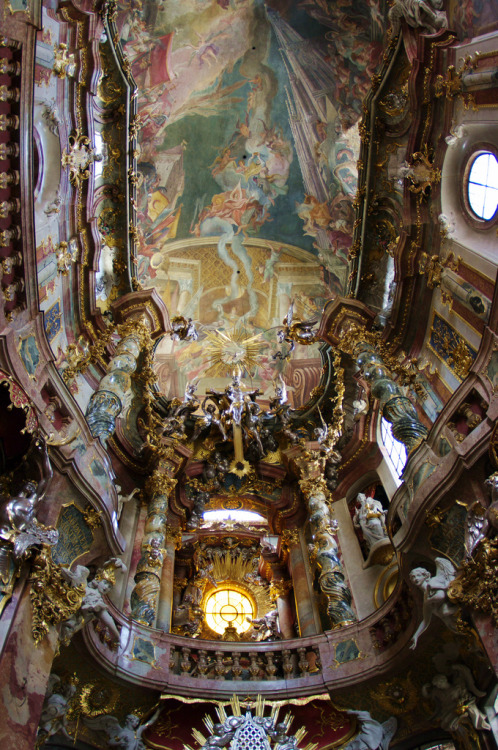

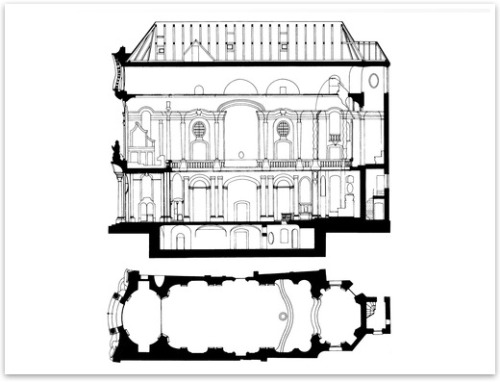
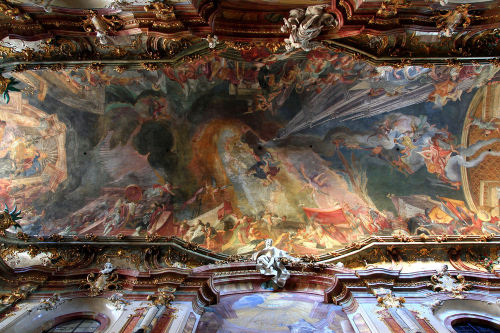


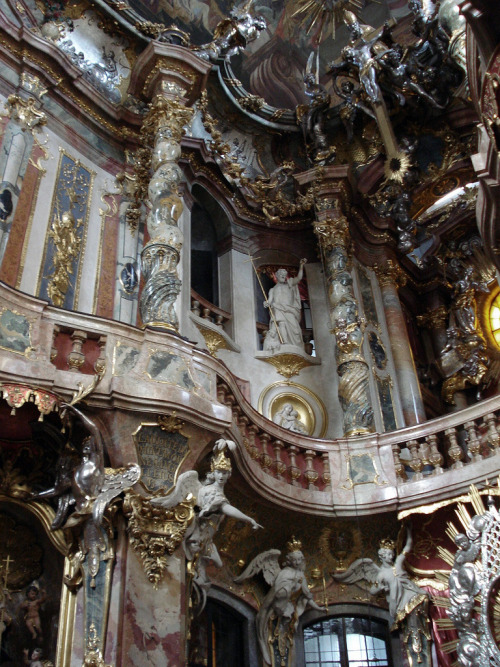
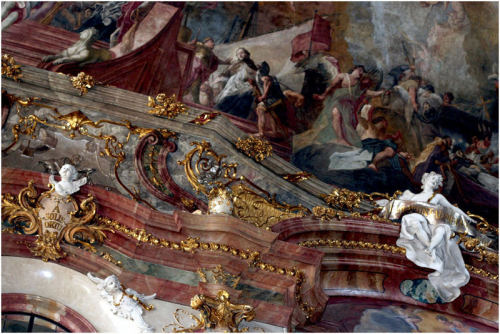
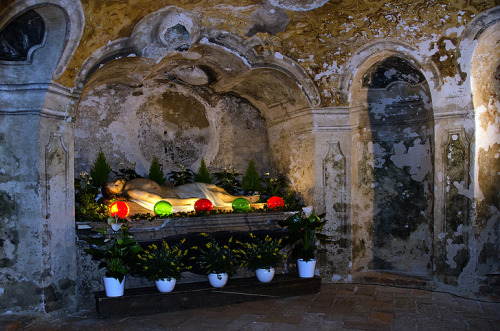







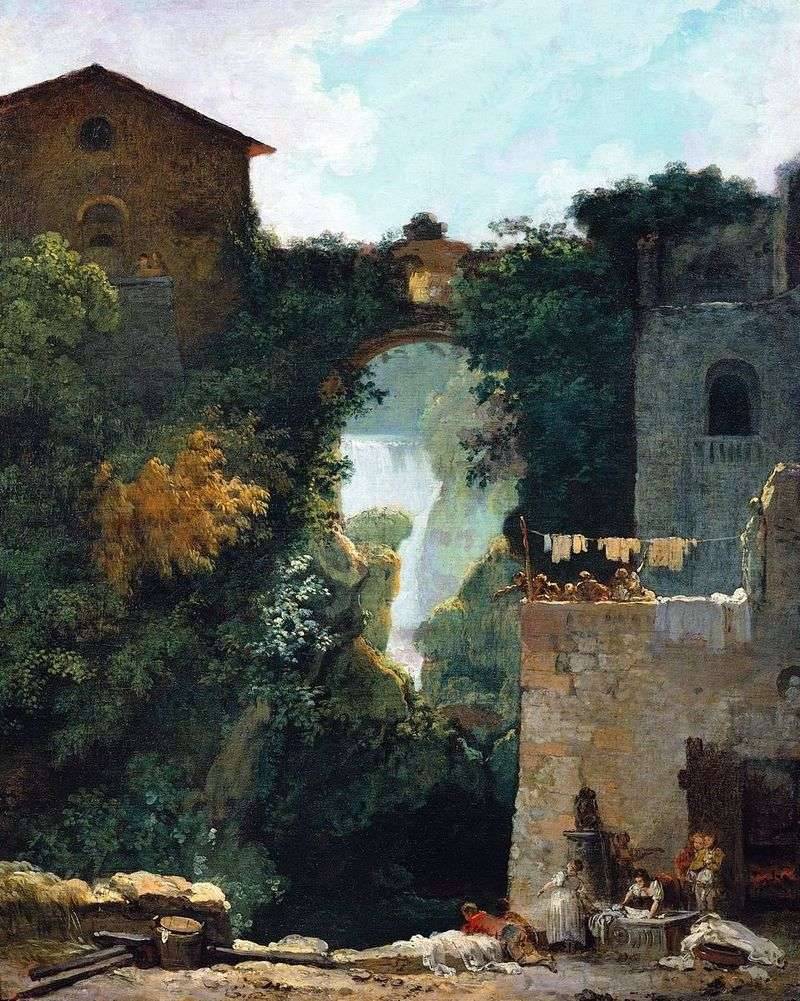

Find me on
hJ